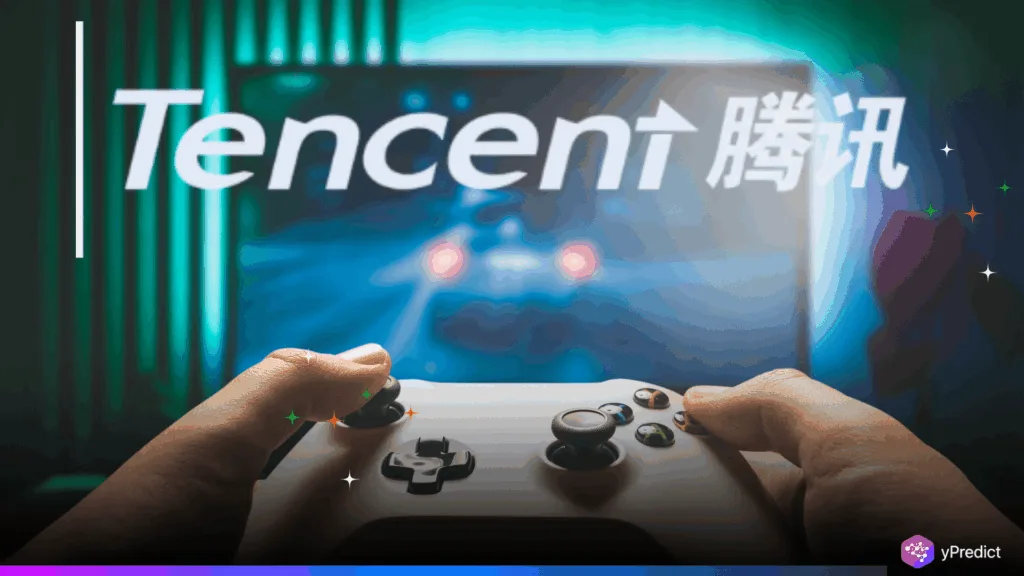
Tencent has introduced a game-changing AI framework called Yan. This new system uses only AI inference to create 1080p worlds at a smooth 60 frames per second, redefining interactive video generation. Therefore, Yan, which was developed by Tencent’s research team, doesn’t use a conventional game engine.
Additionally, it can simulate in real time in less than 0.11 seconds after training on about 150 days of gameplay footage. It is innovative in that it combines high fidelity, real-time simulation, and infinite-length world generation. However, the visual output is still inferior to that of conventional engines. Additionally, Tencent made the study publicly available, offering insight into the future of AI-powered innovation.
Tencent’s Yan Pushes Limits of Interactive Video Generation
Tencent’s Yan framework is a bold step forward for creating interactive videos. It uses AI alone, not a game engine, to produce full-motion 1080p streams at 60 frames per second. It can operate constantly with a delay of 0.11 seconds after being trained via over 150 days of gameplay footage.
However, the appearance is not perfect. The outcomes still fall short of AAA game standards. It provides unparalleled real-time simulation capabilities without requiring external tools. Additionally, Tencent has made the research publicly available, providing transparency and a solid technical foundation.
Inside the High-Speed Mechanics Driving Tencent Yan
Yan’s modular design makes it unique. It has components for generation, editing, and simulation that cooperate. It provides accurate physics and consistent visuals with high-fidelity simulation. Furthermore, the system uses a compressed VAE and efficient attention mechanisms to maintain low latency.
Each frame is produced using user input and previous frames. This guarantees coherent worlds and seamless transitions, which are characteristics of real-time simulation. Thus, the editing module enables real-time scene modification by creators. As the world progresses, users can alter the structure or style through text prompts. Thus, that flexibility simultaneously provides creative control and high-fidelity content.
Comparing Yan’s Interactive Video Generation With Genie 3
Yan is not alone in the world-model space. It surpasses Google‘s Genie-3 in terms of frame rate (60 fps vs. 24 fps) and resolution (1080p vs. 720p). However, Genie-3 continues to lead in terms of visual polish.
Yan’s strength, however, is its smooth interactive video creation and the live control and editing of worlds. Thus, as research progresses, Tencent might be able to close the quality gap while maintaining real-time simulation. Its open research guarantees that the community can expand upon it and further advance high fidelity.
The Evolving Potential of Interactive Video Generation
Yan represents a critical turning point in AI’s capacity to produce dynamic, immersive virtual worlds. Tencent’s framework seamlessly blends real-time interaction with high-resolution output. Additionally, the real innovation is the live editing and world control, even though the graphics still lag behind well-known game engines.
Additionally, developers and creators are encouraged to investigate, improve, and expand upon this work through open research. Yan has the potential to revolutionize the production of digital media, games, and simulations in the future. The introduction of fully AI-powered creative tools and experiences is one way it has done so.






